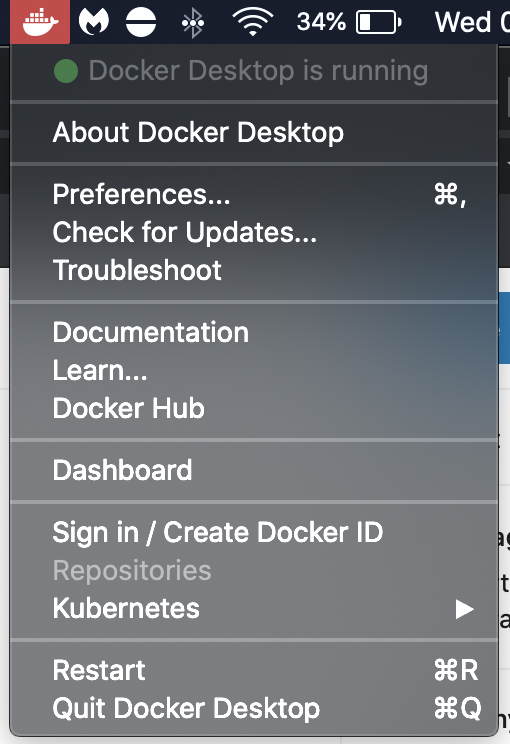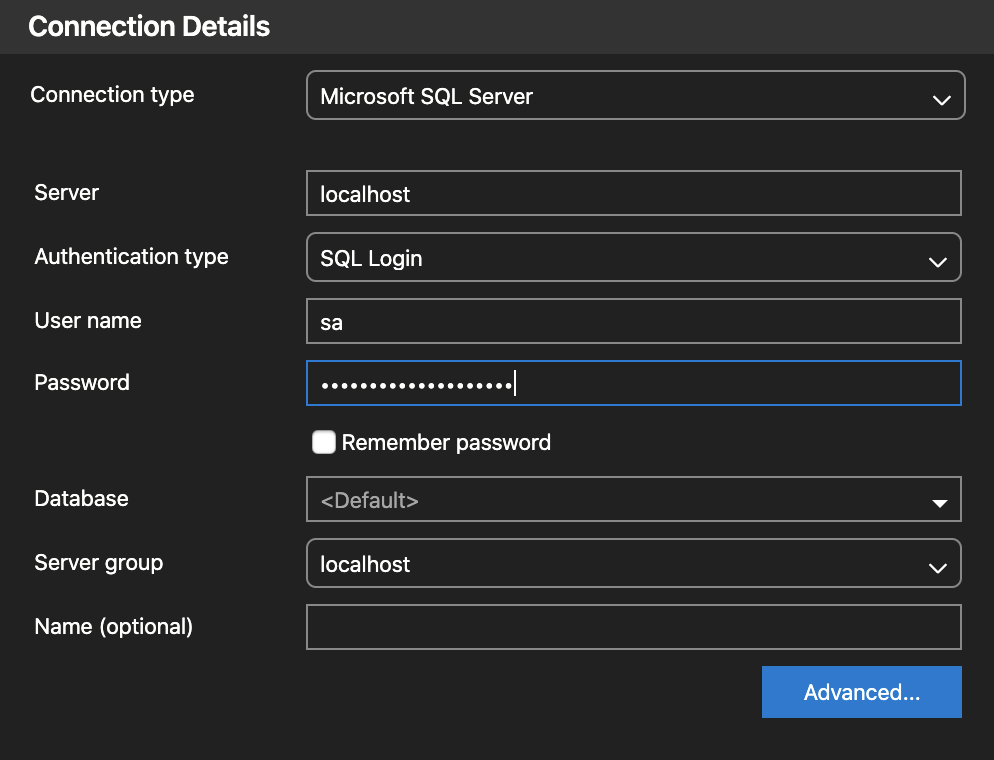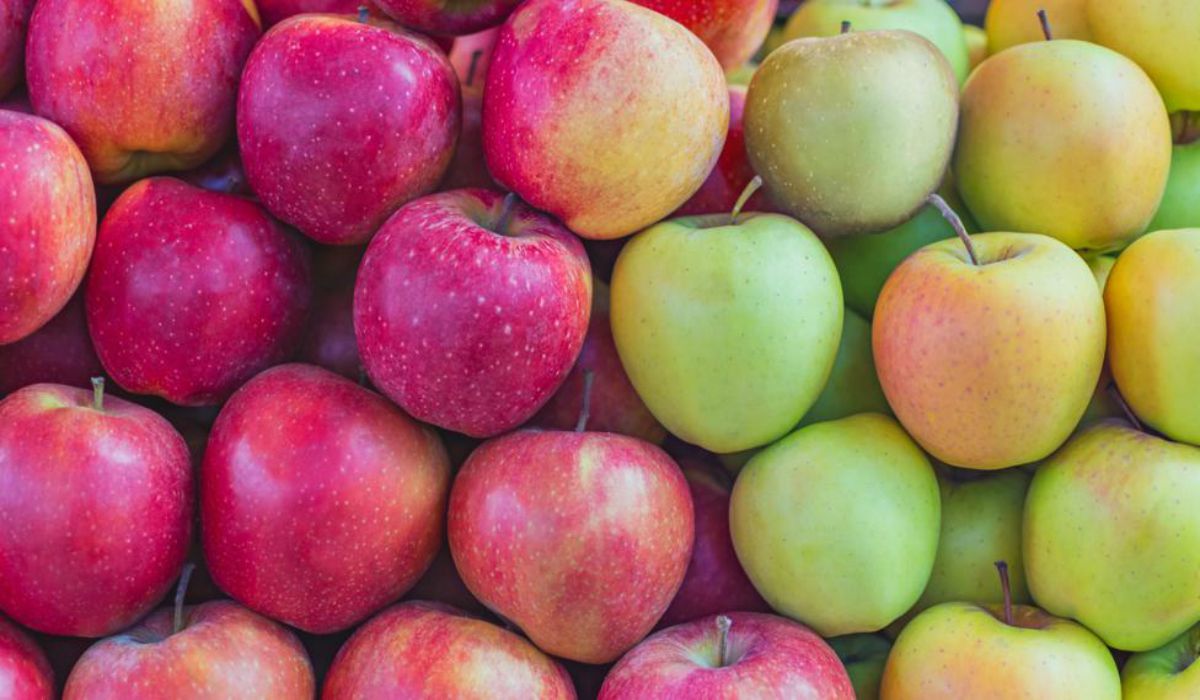👋 Introduction
A few years ago I switched my main work machine from Windows to Mac – despite the reliance I have on SQL Server to run our application (Well, there’s also the dev-only H2 database, but even then I knew that would not fly due to some ‘subtle’ differences).

At the time I had no idea what containerisation was – so I thought my only option was to run my database in a Windows VM or use Wine to run SQL Server natively. Thankfully I was then introduced to docker – it allowed me to run my database on the macOS side (well, technically within a Linux container), rather than faffing around with a Windows VM, now I can gladly say I only need a Windows VM for one task, and that’s because I am yet to find a replacement a powerful as SSMS for comparing query plans.
🐳 Installing Docker
Installation of docker is pretty straightforward, just follow the instructions on the docker site. Once complete, the Docker ‘whale’ icon should be visible in the macOS menu bar.

🏃♂️ Pull & Run the SQL Server Docker image
In a terminal window of your choice (I recommend iTerm2) – run the following;
Pull the container image from Docker Hub
sudo docker pull mcr.microsoft.com/mssql/server:2019-latest
Run the image
sudo docker run \
-e "ACCEPT_EULA=Y" \
-e "SA_PASSWORD=<YourStrong@Passw0rd>" \
-p 1433:1433 \
--name sql1 \
-d mcr.microsoft.com/mssql/server:2019-latest
| Parameter | Description |
|---|---|
-e “ACCEPT_EULA=Y” |
Set ACCEPT_EULA to confirm you accept the end user licensing agreement, this is required to start the image. |
-e “SA_PASSWORD=<YourStrong@Passw0rd>” |
Specify your own strong password, again this is required to start the image. |
-p 1433:1433 |
Map a port number on the host environment (your machine) to with a TCP port on the container (second number) |
-name sql1 |
A name for the container. If not specified, a random one will be generated. |
-volume /Users/mark/DockerShare:/HostShare/ |
Map a shared folder from the Host OS to the docker container (Very useful for transferring database backups!) |
Connect to Docker SQL Server with a SQL Editor
So, you may have guessed by now – but not only will SQL Server not work on macOS, but neither will SQL Server Management Studio! But fear not, Microsoft still has our backs – I have been using Azure Data Studio to connect to and manage my SQL Server container, and have found it can do (almost) everything I need. To connect, simply input the login credentials specified when running the container.

Or, the lazy way
I have written a quick Python script to install my DB, alongside some useful Stored Procedures I use for monitoring (you should too - but that’s a story for another day!) - and this can be found on my GitHub
💅 Summary
As you can see – it’s very simple to get an instance of SQL Server running in Docker. Within a few short minutes, you can have the Server up and running – and likewise – replace an existing SQL Server image (if you’re anything like me, replacing the image will be pretty common if you bloat it with unused database backups!).



